Flat Feet in Children: When to Worry and What Parents Should Know.
As parents, it’s natural to observe every detail about your child’s growth and development. One common concern that brings many parents to pediatric orthopedic clinics is flat feet — when the arches on the inside of the feet appear flattened, allowing the entire sole to touch the ground. But is this always a cause for worry? At Child OrthoCare, we help parents understand what’s normal, what’s not, and when to seek help. What Are Flat Feet? Flat feet, also called pes planus, are common in infants and young children. This happens because the arches of their feet haven’t developed yet — a normal part of growing up. Most children outgrow it as their muscles, ligaments, and bones mature. Normal vs. Concerning Signs Here’s how to differentiate between what’s normal and what needs medical attention: Usually Normal: Consult a Pediatric Orthopedic Surgeon if: What Causes Flat Feet That Need Treatment? Flat feet that persist or cause symptoms may be due to: Diagnosis and Treatment Your pediatric orthopedic doctor may perform a physical exam, observe your child’s gait, and order X-rays if needed. Treatment Options: Support Your Child’s Foot Health at Home Final Thoughts Flat feet in children are often a normal part of development. But when symptoms like pain, stiffness, or walking difficulties occur, it’s best to have a pediatric orthopedic specialist assess your child. At Child OrthoCare, we’re here to help your child move confidently and pain-free.Have concerns about your child’s feet? Book a consultation with our experts today. Why Choose Child OrthoCare? At Child OrthoCare, we specialize in evaluating children’s bone and joint health with a gentle, parent-friendly approach. Dr. Nargesh Agarwal brings years of experience in distinguishing between benign conditions like growing pains and more serious orthopedic concerns.












